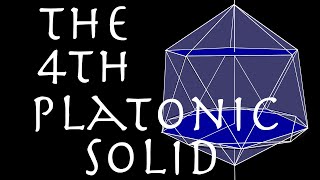Truncated icosahedral prism
In geometry, a truncated icosahedral prism is a convex uniform polychoron (four-dimensional polytope). It is one of 18 convex uniform polyhedral prisms created by using uniform prisms to connect pairs of Platonic solids or Archimedean solids in parallel hyperplanes. (Wikipedia).




















